Information Technology Reference
In-Depth Information
e11
KL1
e12
e23
e14
KL
2
e13
e22
e21
Fig. 2.
Two intersecting K-lines
(a)
(b)
(c)
(d)
Fig. 3.
Four possible ways to think: (a), (b), (c), (d)
Note, by combining 2 K-lines (KL1 and KL2) we have a system (Fig. 2) capable to
“think” in
more
ways than is possible to think if the 2 K-lines are not combined (Fig. 1).
By adding more intersecting K-lines, it is expected that the number of “ways to think” is
increased
much faster
than the number of the added K-lines. Also note, some of the
possible formed “ways to think” are comprised by
parts
of existing K-lines. This is the
essence of creativity, i.e., to generate a new idea by using parts of old ideas. The above
discussion certainly does not constitute proof, it, nevertheless, fits the essence of how
people are able to learn
so much
(by forming intersecting K-lines in their brains) and
also how people are
capable of creativity
(by forming new ideas from parts of some of
the formed K-lines).




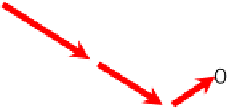




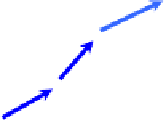











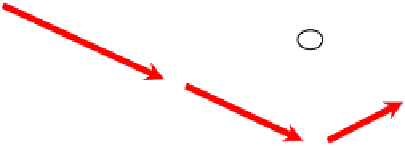
Search WWH ::

Custom Search